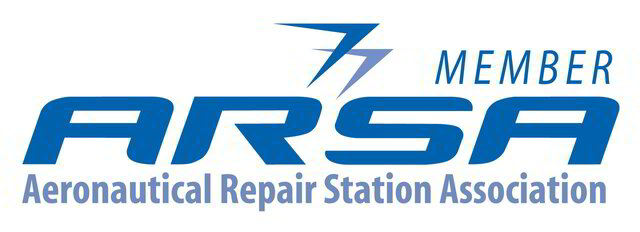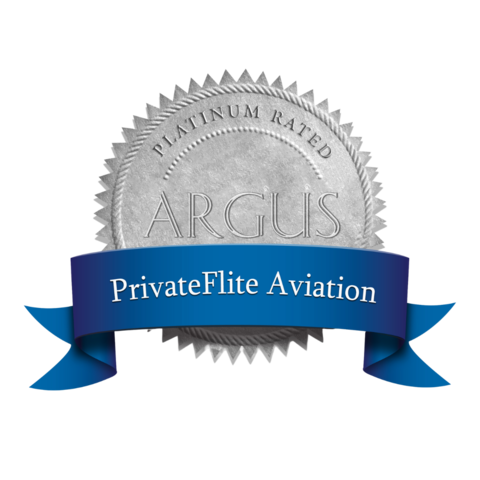While private flight is increasing in popularity, many travelers remain unaware of the opportunities available to them. Two lower-cost options—part ownership and private jet charters—have made flying privately more accessible than ever before.
What is part ownership?
Part—or fractional—jet ownership is exactly what it sounds like: owners invest in part of an aircraft, and they share associated costs with other investors. This includes expenses such as aircraft maintenance and storage. Similar to a timeshare, partial owners are allotted a certain number of hours of flight time based on their share of the aircraft. These partial ownership arrangements offer many of the benefits of private jet ownership, yet at a fraction of the cost.
What is a private jet charter?
Private jet charter arrangements are quite straightforward. Rather than paying for part or full ownership of an aircraft, renters arrange flights through a charter company and pay only for the flights they take.
How do part ownership and charter arrangements differ?
Private jet ownership and rental options vary in terms of cost, flexibility, and aircraft variety.
Cost
Whether or not part ownership or private jet charters are most cost effective depends primarily on an individual’s unique travel needs. Ownership arrangements involve higher upfront costs, monthly fees for maintenance, storage, insurance, and hourly rates for each flight. On the other hand, fliers who charter a flight only pay for the flights they take. For someone who needs a private flight frequently, part ownership may be a worthwhile investment, yet for individuals logging fewer hours of flight time, charters likely are more economical.
Flexibility
Flexibility is another aspect to consider when weighing the benefits of part ownership and charter agreements. The fact that partial ownership arrangements allow a limited number of hours annually to each investor means the jet may not be available each time you need it. This may be especially true during holidays and other peak travel times. In contrast, private jet charters offer greater flexibility in flight dates, allowing fliers to travel on a schedule that works best for them.
Aircraft variety
When flying privately, it is important to consider that different aircraft sizes and features will suit different needs. For example, a family vacation may require higher seating capacity and more room for luggage than would a business trip. Ultimately, charters offer the advantage of aircraft variety. Charter companies can help travelers decide which aircraft best meets their needs, as well as ensure that nearby airports are equipped for that particular aircraft. Partial owners face a bit more constraint—while they aren’t necessarily locked into using the investor-owned jet, selecting a different aircraft for a flight usually results in additional fees.
The bottom line
There are advantages to both partial ownership arrangements and private jet charters. For frequent fliers, part ownership may make the most sense economically, yet for a larger number of travelers, charter flights offer greater flexibility and aircraft variety at a lower cost.



